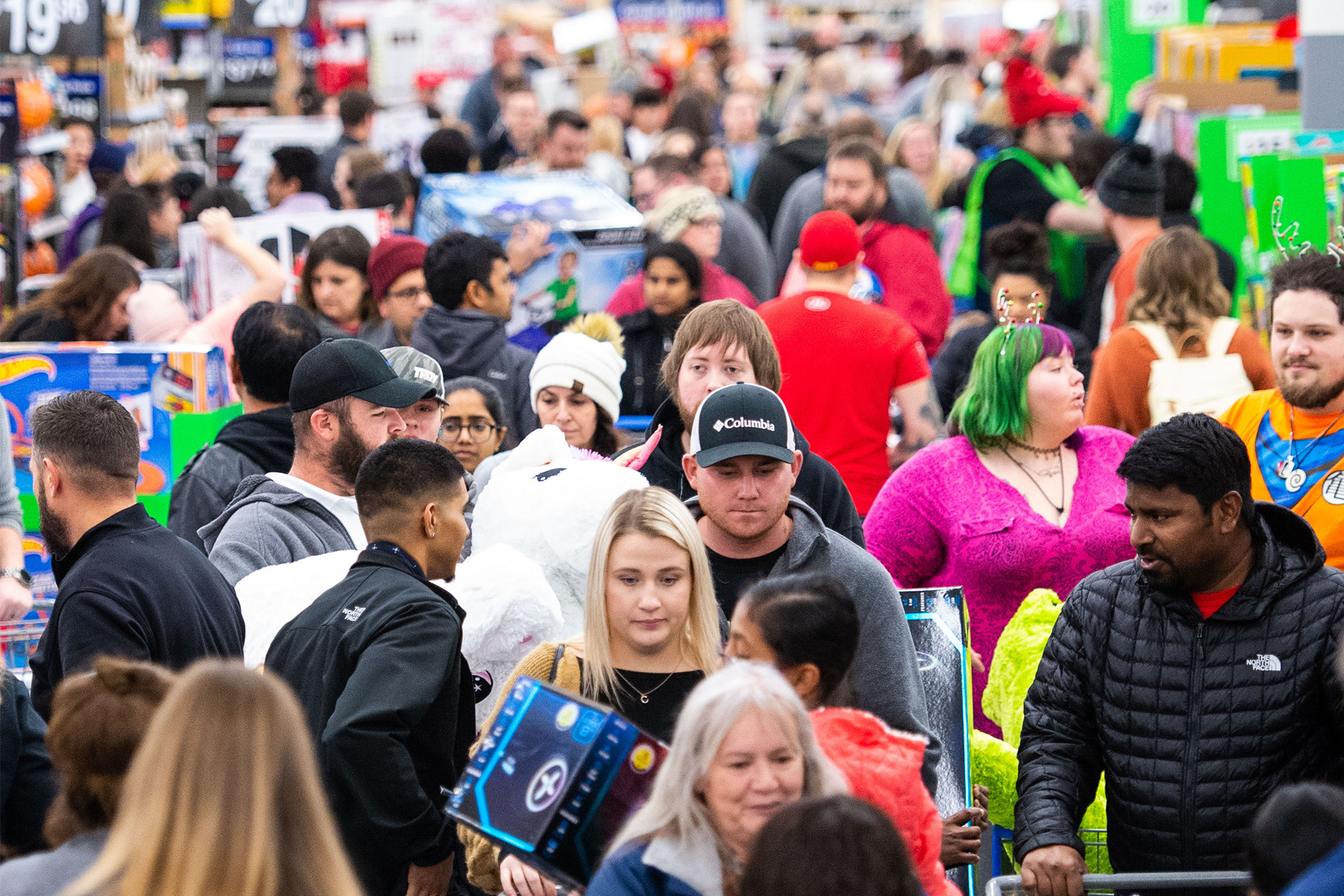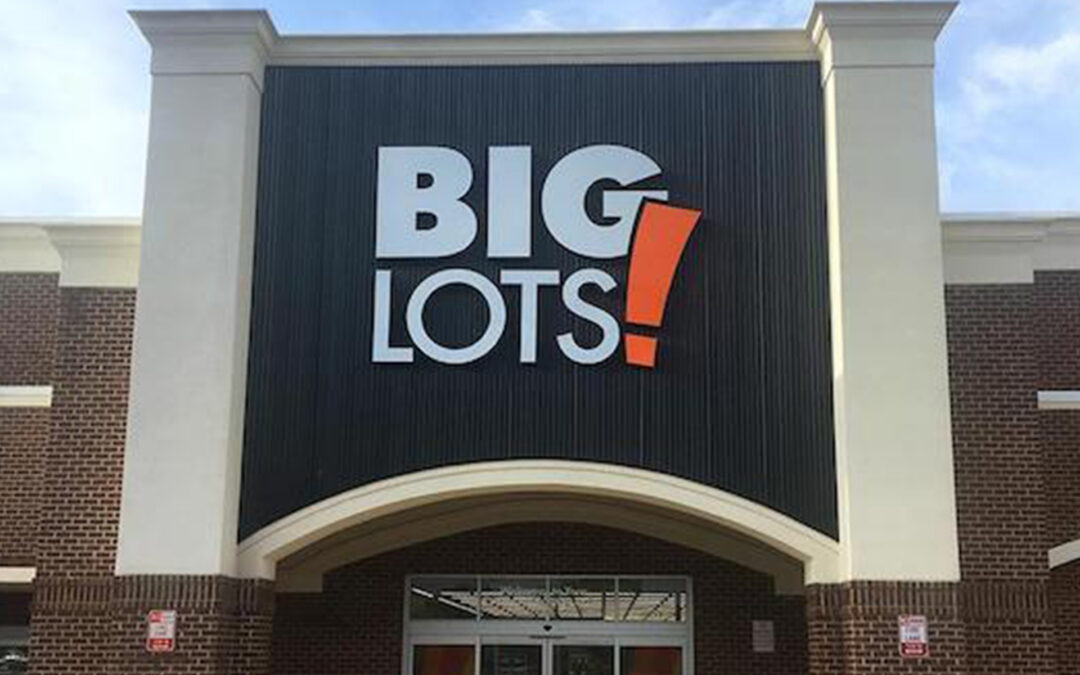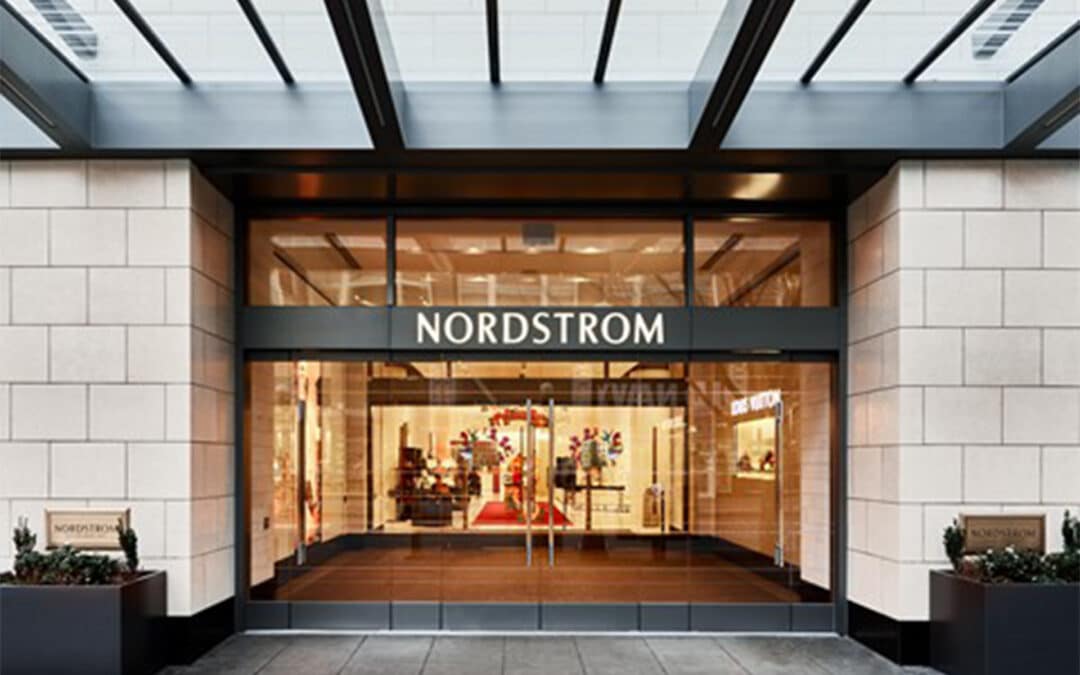Super Saturday may not have been as super as retailers would have liked, although certain specific factors may have played into somewhat underwhelming results including the date being a full week before Christmas and retailers touting last minute delivery options that might have deflated shopper urgency, but Placer.ai indicated that the COVID-19 Omicron variant played a role.
Ethan Chernofsky, vp/marketing at Placer.ai noted that, recently, the COVID-19 variant has been looming over the retail environment, however, Super Saturday may have been the moment when it truly made its presence felt in the holiday season, particularly in terms of bricks and mortar store traffic, with mass marketers being especially impacted. Retailer initiatives to stretch out the holiday shopping calendar and thin out the store crowds already had an effect on key dates such as Cyber Monday. However, Super Saturday results suggested that additional factors were affecting consumer behavior.
Chernofsky noted:
“Earlier in the season, there was a concerted effort by retailers to incentivize consumers to begin their holiday shopping earlier this year, and that clearly had a role to play in lower visits. However, not only were visits down for many retailers on Super Saturday, but the gaps were actually bigger than those seen on Black Friday, indicating that rising COVID cases had a significant effect. For example, while Target visits were down 3.1% on Black Friday compared to the same day in 2019, that gap increased to 6.5% on Super Saturday. Walmart went from seeing visits up 2.8% on Black Friday to seeing visits down 11.5% on Super Saturday.
And the declines were not confined to these retail giants. Many leading department store brands, off-price retailers, and even beauty retailers all saw either smaller gains or increased traffic declines on Super Saturday when compared to Black Friday differences. This shift speaks to the unique impact that COVID cases can have on major shopping days, limiting visit surges that had become traditional elements of past shopping seasons. However, context is critical here. Taking Target as an example shows that the brand saw visits up 3.8% overall in November even as Thanksgiving visits disappeared and Black Friday visits declined. Target and Walmart also both saw increases in visits the first 17 days of December compared to 2019, deepening the idea that many consumers were looking to spread their visits out to avoid major shopping days.”
Chernofsky pointed out that the wider spread of store visits prompted by retailers setting their promotional calendars to encourage early shopping resulted in an offset to sales declines on major shopping days. In addition, he asserted that, although mall visits slipped, they did decline in line with the drops seen on Black Friday, suggesting that, even if many consumers were avoiding crowds, the pull of out-of-home activities remained strong, especially where a wider experience and day out was in the cards.





